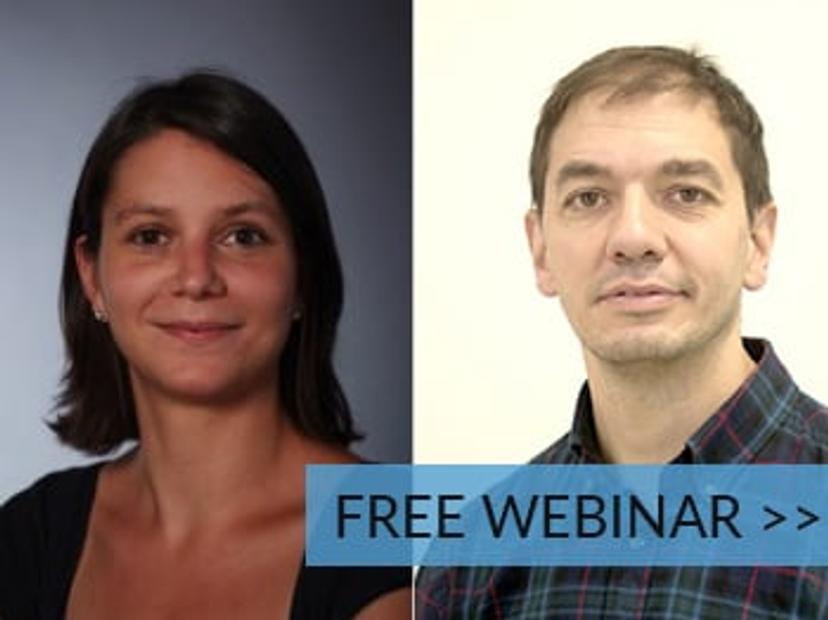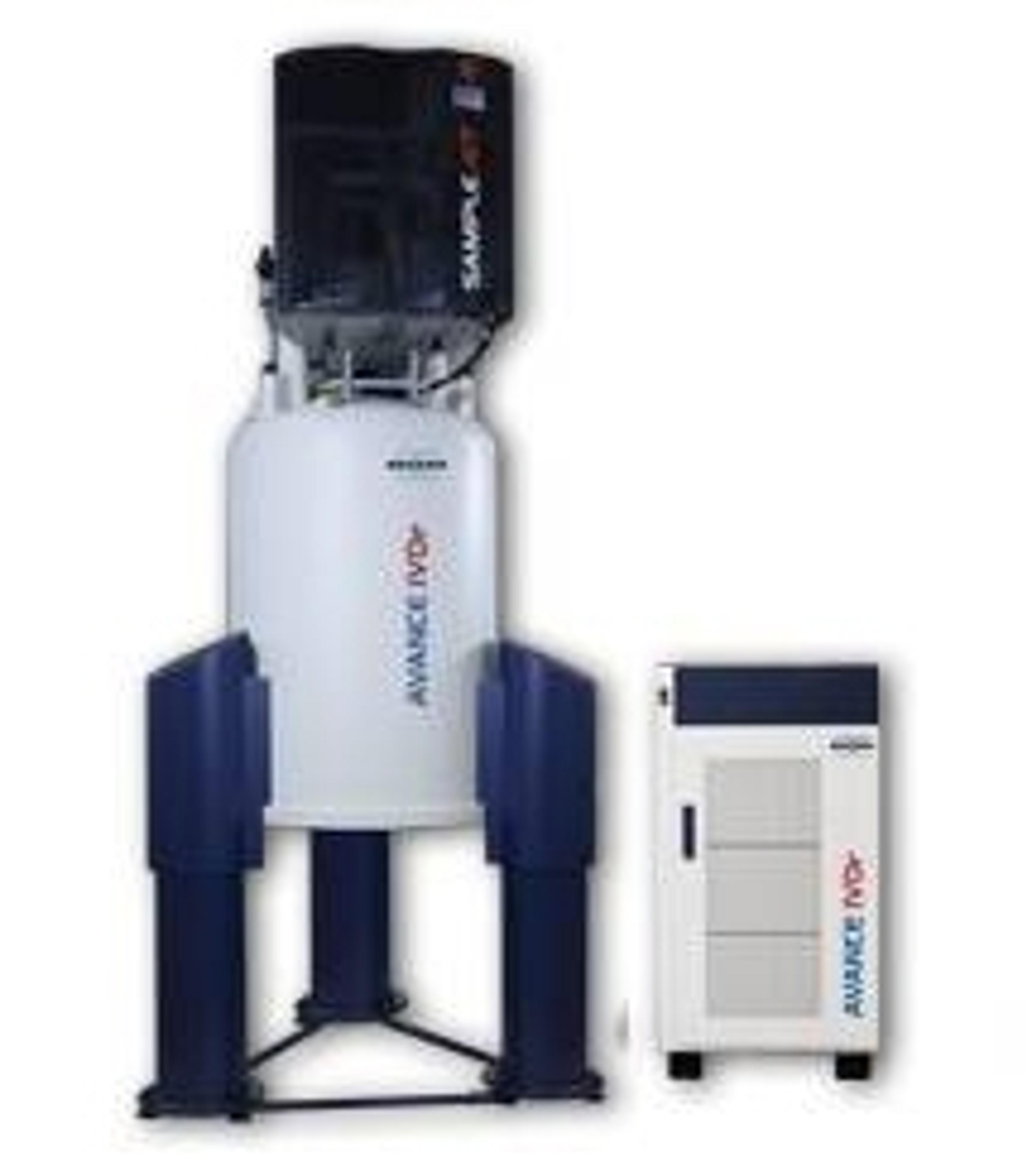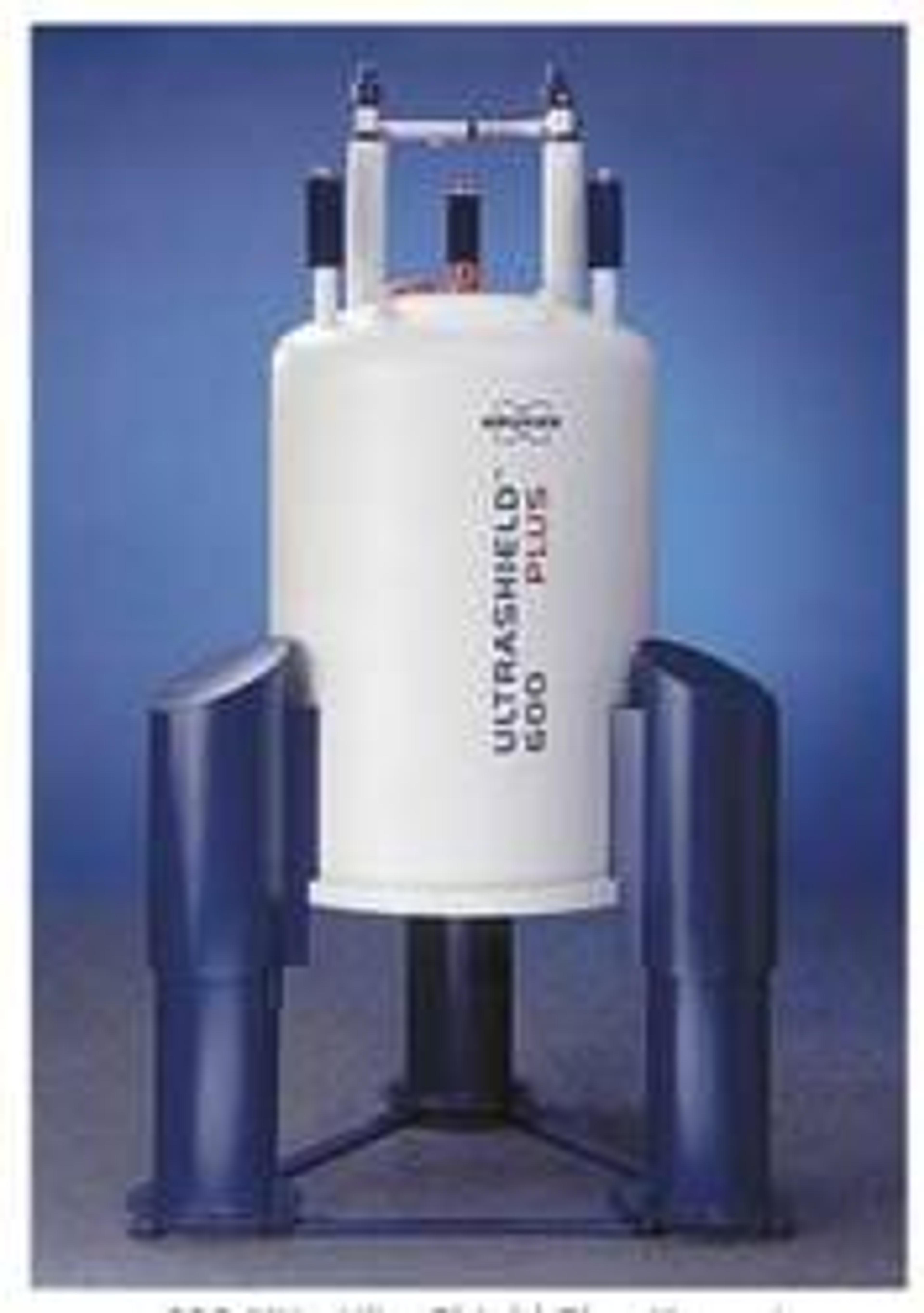NMR-based newborn urine screening for optimized detection of congenital metabolopathies [For research use only]
Watch this on-demand webinar to understand how better research diagnostic methods can lead to improved treatment of congenital metabolopathies
22 Apr 2020

Many congenital metabolopathies can be properly treated upon diagnosis. However, the gold-standard diagnostic method is expensive and only covers a subset of possible diseases. This means that disease prevalence and the potential economic burden for the public health system are often limiting factors for screening.
In this on-demand SelectScience® webinar, Oscar Millet, group leader of the Precision Medicine and Metabolism group of the CIC bioGUNE, and Claire Cannet, of Bruker BioSpin GmbH, discuss an alternative method for newborn urine screening using NMR spectroscopy. This methodology promises the identification of an extended panel of diseases in a robust, efficient, and economically viable manner.
Read on for highlights from the live Q&A session or register to watch the webinar at any time that suits you.
Watch Webinar NowQ: What is the exact protocol to obtain urine? Is it safe for the baby?
OM: The protocol is completely safe for the baby. There are two different procedures. One of them would be to use a pediatric bag but that was discarded for our study because it could produce a rash on the skin of the baby. The other procedure is to add a cotton ball in the diaper of the baby, which is soaked by the urine. The urine is then extracted and removed from the cotton. It’s totally safe for the baby.
Q: Will the number of diseases expand in the future or is this a fixed number?
OM: It is largely expected that the number should expand. The reason is that the information contained in the urine spectrum is much larger than the one that we are currently analyzing. It is likely that if there are some metabolites that are associated with different diseases, we could associate them with the urine spectrum in the future and therefore add some analytical value to the current methodology.
Q: How much volume do you need for the NMR analysis of urine or serum?
OM: The volume needed for the NMR analysis of serum/plasma is about 500 microliters so we must add an equivalent amount of buffer. For the urine analysis, it is about 600 microliters with the addition of 10% buffer. That includes all the handling procedures so we can just accurately mix them. Normally, we try to obtain a little bit more volume for two reasons. The first is just in case something went wrong with the preparation or the analysis; it would be nice to have the possibility of being able to do a duplicate. The second reason is for the possibility of the sample not being well-stored. In principle, one milliliter or two milliliters is sufficient.
Q: In your opinion, do you think normalizing the whole spectra to total sum is the best?
OM: In this case, yes. This is because creatinine (which is the alternative value) may add some bias since there are some disorders that are associated with abnormal values of creatinine. We believe that the best way of normalizing the spectrum would be to use the entire area of the spectrum in this case.
Q: What happens with a disease that has onset later? Would it be detected?
OM: We are measuring the metabolites that would be closer to the phenotype of the disease instead of analyzing the diseases. Obviously, there must be a relationship with the genotype. That said, this is only occurring when the metabolite is expressing. This may happen in most of them at birth but sometimes it could happen later.
In order to try to account for those cases, we are currently working on expanding the Basque country model into the pediatric age. We can only help with diagnosing disease at the newborn period, but we are actively working to expand that to the pediatric age and then monitoring that to clinch all the diseases that may eventually appear later.
Q: How do you determine the detection limits of each metabolite?
OM: The detection limits of the metabolite are intrinsically associated with the convolution model. This has been worked out by Bruker engineers in the Bruker Quantification tool (B.I.Quant-UR 1.1), and they are on a range of values that ensure a high reproducibility and accountability for the metabolite observed. This is related to the complexity of the bin; where the metabolite is and particularly on the bin, where the metabolite is ultimately quantified. Essentially, it has a lot to do with the relationship between the signal to noise under the convolution proxies used in the bin, the convolution and the metabolite assignment and quantification.
Q: Could you tell us a bit about the sensitivity and specificity of this technique?
OM: The sensitivity is ultimately related to the possibility of detecting the metabolites in the urine spectrum. Sensitivity, from the NMR point of view, requires the metabolite to be accumulated at the micromolar concentration. In this case, in terms of the disease, it's not limiting because most of the diseases are going to produce very large amounts of the metabolite in the phenotype and therefore, might be detectable.
As for the specificity, all the diseases are cross-pollinated. In our protocol, we don't rely on a single metabolite in order to detect a specific disease, except for certain cases where the disease is defined as the abnormal value of a single metabolite. Therefore, we are quite confident that we can discriminate between the different diseases that we can report on.
Q: Could you tell us a bit about how you interpret the results and how you found that?
OM: The primary result that we obtained from the analysis is the metabolite concentrations. Thanks to the work of many people, this has been associated with the onset and the prevalence of certain diseases. Therefore, this interpretation is consistent with the existing literature. Some work that we are also doing has tried to put all this information in the easiest way, to try to understand what the real predictive value of information is. We are trying to use a score validation that works by using quantifying as a function of the concentration. What is the probability of really having the disease that we are predicting?
Q: How do you deal with variable chemical shifts such as citrates and quantification of overlapping resonances?
OM: Metabolites do change in chemical shift and in intensity, as well as for different reasons. In principle, this is all taken care of in the model. Essentially, we have already collected hundreds of samples that have already accounted for most of the sources of variability and they have delineated the normal values. As for the concentration, which is ultimately related to intensity and for the possibility of a variable chemical shift, it is taken care of in the convolution model as well.
The algorithm will first detect the metabolite signals in a given search range which can be quite large depending on the metabolites such as citrate for example and after the detection, the algorithm will quantify the signals by line fitting. To deal with quantification of overlapping resonances, different groups of the same metabolite are simultaneously quantified whenever possible. In addition for each given metabolite concentration, a confidence factor and residue are given in order to be able to judge on the fit quality
Q: Do you have any plans to look at patients other than newborns?
OM: Yes, this is something that we are planning. The sample preparation, the NMR analysis and determination of the metabolites' concentrations are obtained in the same way as for the newborns' urine. The quantification algorithm is the same, only the constraints are a bit different compared to the newborns. The idea would be to try to expand the method to the pediatric surveillance of kids in the Basque country. As previously said, diseases may not present with an onset at birth. Consequently, it would be undiagnosed with a test that we are currently offering. To do so, what we must do is create a new model for the pediatric or the infant population which is what we are currently working on.
Q: What is the stability of analytes in the urine samples? Can samples be frozen and reanalyzed later? If so, are the results reproducible?
OM: The strict standard operating protocol that we follow already contemplates sample stability. We send the sample at low temperature or frozen to avoid precisely this effect. We know that once you mix the sample with the buffer, the stability increases and it can be stable over days if stored at low temperature. That said, we ensure that we measure the sample before deterioration. This is part of our protocol. Once it's been measured, it is not necessary to re-measure the sample because all the information is there. What we lack is interpretation of some of the information that is already measured. However, this can be done without the need for re-measuring things. It's just simply that we add meaning to signals that we have already measured. It is nevertheless possible to freeze native urine samples and analyzed later, the results will be exactly the same due to the strict standard operating protocol for preparation and measurements.
Q: Did you need to extract your sample, or did you need to use a special buffer?
OM: Ultimately, the sample needs to be mixed with a buffer and this is something that we do in the laboratory. Currently, we simply extract the sample of urine directly from the cotton ball and then put that into an Eppendorf tube and send that. This would be only urine. We are considering the possibility of mixing the buffer inside of the sample where the newborn is because this may add some stability in the future. However, this is something that we don't have implemented yet. It is something we are working on.
CC: The method uses the human urine sample without doing any extraction. We just need to add a special buffer to the urine. This special buffer is a phosphate buffer with sodium azide inside. After adding this buffer, the sample is stable and avoids any bacterial growth.
Q: Did you use 2D TOCSY?
OM: Yes, the TOCSY was run for a certain number of samples to help with the assignment of the metabolites. We use a standard TOCSY experiment with a water suppression scheme that takes about 25 to 30 minutes to run.
Q: Do you apply any resonance alignment steps during the procedure?
OM: In the special buffer, we have a certain amount of TSP, an internal reference in NMR spectrum which allows alignment of all the spectra at a defined chemical shift (0 ppm). Although we are working with strict standard operating protocol, some signals such as citrate are shifting from urine to urine. This is due to the ionic matrix of the urine and cannot be solved by adjusting the pH for example. For the quantification algorithm, this is not a problem, since it can deal with some signal shift variations.
Q: What is the throughput on the NMR method? How many samples can be run per day?
OM: The entire procedure would take about 15 minutes, but in order to ensure the SOPs, we need to do some daily quality control validations on the system. A safe number is about 50 samples per day which can be routinely analyzed in a single spectrometer with confidence.
Q: Can samples get contaminated? Can sodium azides be used during sample collection to reduce bacterial growth?
OM: Samples can get contaminated by feces and bacterial contaminants do grow. This jeopardizes the result of the possible diagnosis of certain diseases in our hands. In our recent analysis, we believe that those samples shouldn't be used even if you add sodium azide, because some bacterial growth does occur. Sodium azide won't prevent the bacteria that are already there and some of the metabolites that already exist. The best or safest thing to do would be to collect a new sample.
Learn more about NMR-based newborn screening methods: Watch this webinar on demand >>
Important note: The methods and solutions discussed during the webinar are for research use only and not for use in clinical diagnostic procedures.


